| Plaça de l'Església See map | |
| 965 79 11 74 | |
| From Monday to Friday from 10:30 a.m. to 12:30 p.m. and afternoons, Saturdays, Sundays and holidays 30 minutes before mass | |
| sanbartolomexabia | |
| Architecture |
The Fortress Church of San Bartolomé de Xàbia is located in the historic center, in the Plaza de la Iglesia, and throughout its history, it has not only served as a temple but also as a defense. It has been a National Historical-Artistic Monument since 1931, and is considered a BIC (Asset of Cultural Interest) since 2018. The Church of Sant Bertomeu It is the main building in the historic center of Jávea, characterized by its white houses with rough stone lintels.
Next you have an index with all the points that we are going to deal with.
- 1.
- 2.
- 3.
- 3.1.
- 3.2.
- 3.3.
- 4.
- 5.
- 6.
Location
The Church of San Bartolomé is in the historic center in Jávea, in the Plaça de l'Església (the Church Square in Spanish). Here is the plan:
History
The oldest part of this religious-military building is the current presbytery, built from 1304. In 1513 work began to enlarge the church, by the architect of Basque origin Domingo de Urteaga. The reasons for the expansion were the increase in population and the need to stop the attacks of the Barbary pirates. The building served to defend Jávea from attacks that came from the sea throughout the XNUMXth century. Due to its defensive function, the tag 'Iglesia Fortaleza' was added to its name.
Architecture
This emblematic building in Jávea is in the Elizabethan Gothic style. It has a large Gothic nave with three chapels on each side that are framed by buttresses.
The covers
The entrance doors are: the main one, dedicated to San Bartolomé, medieval style with pointed arch, gable and pinnacles:
And the side dedicated to San Gil, located in front of the door of the Town hall, and which is accessed by a double staircase:
Bell tower
The bell tower, which was also used as a watchtower, was completed in the 2021th century and is located at the junction between the apse and the nave. The bell tower was restored on the exterior and interior in XNUMX, according to the project of architect Salvador Vila Ferrer.
In the exterior intervention, the clock sample (fallen during the Gloria storm in January 2020) was replaced by a minimalist quadrangular sample that occupies only the original window. Battlements were also added to top the terrace, inspired by a preserved ancient battlement, and recovering part of the supposed appearance of the church complex, which must have been surrounded by battlements.
In the interior intervention, it is worth highlighting the recovery of the original floor level of the bell room. Under the wooden false floor there were tons of waste that had been emptied. Holes have also been found through which the ringing ropes and the clock transmissions passed (which would go up to the terrace level). Some remains of loose pumice stone have been found that have been placed on the terrace, and a pair of ancient clappers, preserved in the warehouse of the municipal museum. This specific information is taken from the web campaners.com, where you can expand it.
Bells
There is a great story about the bells. First of all they have names, from smallest to largest they would be: Victoria, Sebastiana, the new Perpetuo Socorro (formerly Mariana) and Bertomeua or Pax. Currently there are four, but there were surely six according to the marks that can be seen on the empty portals that indicate that they were installed and occupied.
In any case, these four bells are not the originals either: we know that there have been different sets of bells, even with other names such as Tófola, Bartolomeue, María or Antonia. Information from Campaners states that the last group of bells was cast during the Spanish Civil War, because bronze was highly coveted for making weapons and ammunition.
It seems that the two smaller bells were saved from this looting and that they were recast in 1941 to make the new ones, called Victoria and Sebastiana, the current ones. A middle bell was also cast at that time, surely recast in 1963 at the time of mechanization. In 1942 the large bell was also melted.
Even so, and after the restoration work started in June 2023, after the rehabilitation works on the bell tower, the 'new' bells return to their place - in March 2024 -. Note that three of the bells -Victoria, Sebastiana and Bertomeua- have returned to their home, but Mariana, due to its great state of deterioration, has had to be melted and made again, which is why it changes its name -because it cannot be the same - and is baptized as Perpetual Help.
The return of the bells and their installation in the bell tower has meant, for the people of Xàbia, a great celebration. The bells have been displayed in the Church Square for two days, and different acts have been carried out such as blessing, ringing and ringing.
Later they were raised to the bell tower, a complex task, which even led to the large bell, the Bertomeua, being left on the ground for another 24 hours, since its weight of more than 2.000 kilos between bronze and a new wooden yoke prevented the ascent with the first crane.
Add that along with the installation of the new bells, which will ring again in Xàbia, a new element is added, the Matraca. Since 2024, it will occupy one of the empty portals of the bell tower and will ring at different celebrations.
La Consueta del Sacristà from 1769 that is still preserved explains the touches for each festival. In any case, the traditional touches were replaced in 1963 by automatic touches, when mechanization was installed. This specific information is taken from the web campaners.com, where you can expand it.
The building is built for the most part with the typical rough stone of the municipality, which was formerly extracted from the deposits that were in the Playa del Montañar or the Cova Tallada, located under the Cape San Antonio. The bell tower, 30 meters high, is also made of tosca. The views are beautiful, because the total height above sea level is 86 meters.
This Church is not characterized by its ornamental elements, they are scarce both inside and outside the temple. The roof is formed by ribbed vaults.
On the chapels runs a gallery or triforium with small arches open to the inner nave and large windows to the outside.
This building is considered one of the best models of ogival art in the Valencian Community.
Visiting hours and Masses
The pastor of this Church is Juan Antonio Navarro, appointed in October 2022. The church can be visited from 10:30 a.m. to 12:30 p.m. Monday through Friday, and in the afternoons, Saturdays, Sundays, and holidays it is open 30 minutes before mass.
Mass schedule
Winter: from September 1 to June 30, working days at 8:00 am; Tuesday to Friday and eve at 19:30 p.m., and holidays at 10:00 a.m., 12:00 p.m. and 19:00 p.m.
Summer: from July 1 to August 31, working at 8:00 am; Tuesday to Friday at 20:00 p.m., eve at 19:30 p.m. and holidays at 10:00 a.m., 12:00 p.m. and 19:00 p.m.
Curiosities
- In the subsoil of the current pavement, around the church, there is an unknown set of crypts and funeral vessels to discover, probably from the XNUMXth century.
- In the past, the church contained many ornaments and silver objects, which disappeared in several looting: in the War of Succession in 1707, in 1812 at the hands of the French, and in 1936.
- The building also had battlements and embrasures, the result of its defensive function, currently missing.
- The Church of San Bartolomé de Xàbia fell in love with Joaquín Sorolla. The painter visited the town on several occasions between the end of the 1896th century and the beginning of the XNUMXth century, and even made a work called "Staircase of the church of Jávea" (XNUMX), which belongs to his family's private collection.
- The feast of St. Bartholomew, to which the temple is dedicated, is celebrated on August 24.
- In December 2019, lightning struck the bell tower causing damage.
- The rain storm of January 2020 ripped the bell clock. And it coincided with the ephemeris of Sant Sebastià, patron of Jávea.

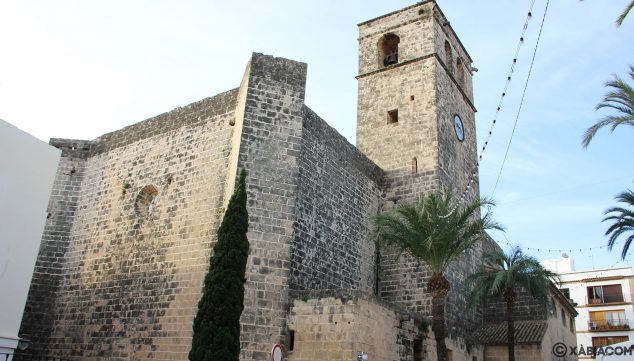


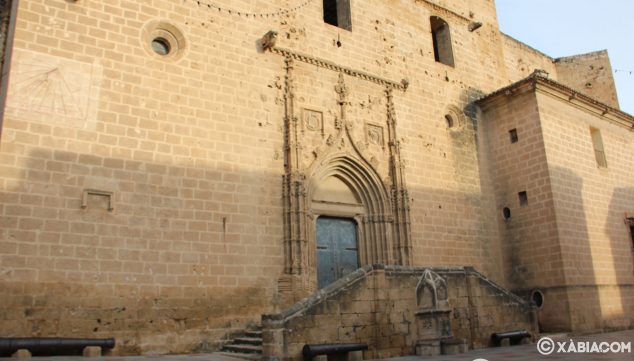

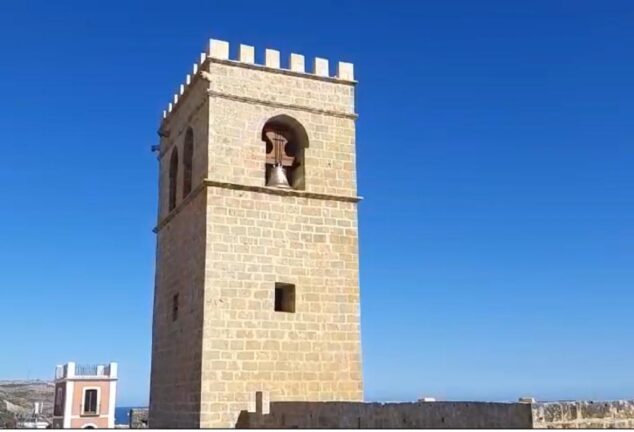
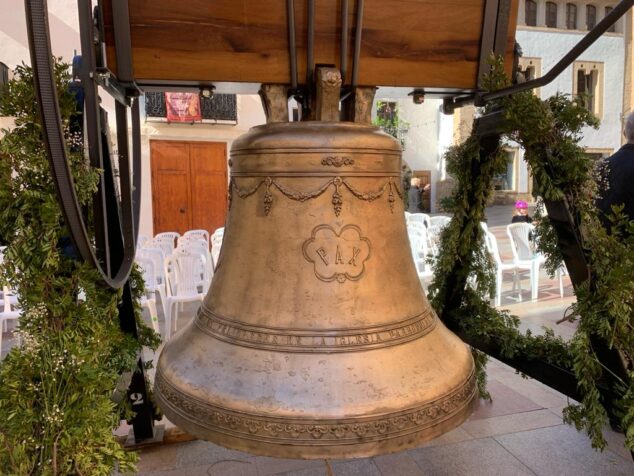
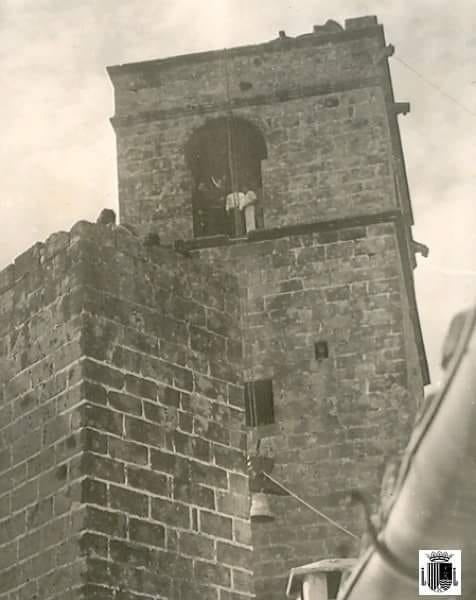
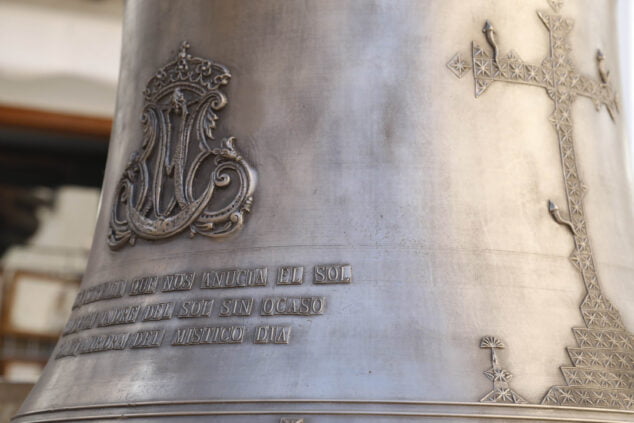
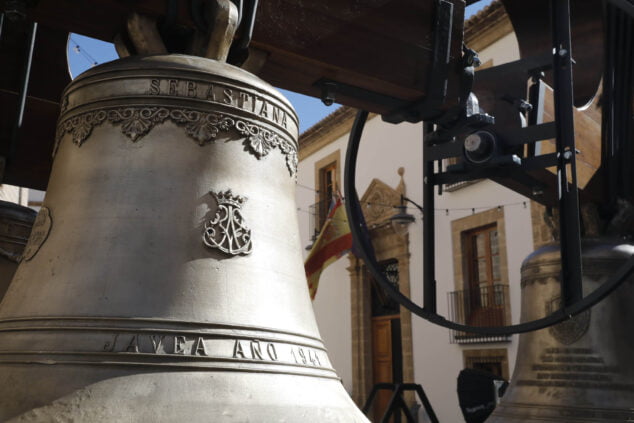
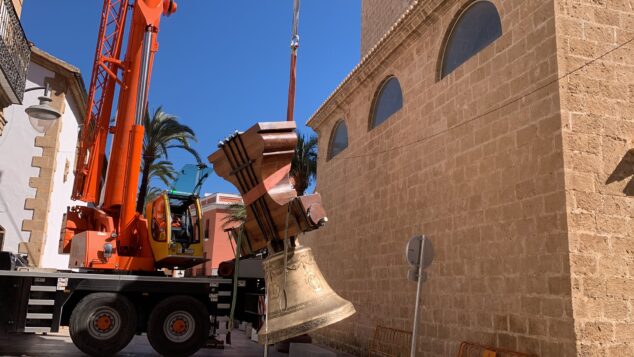

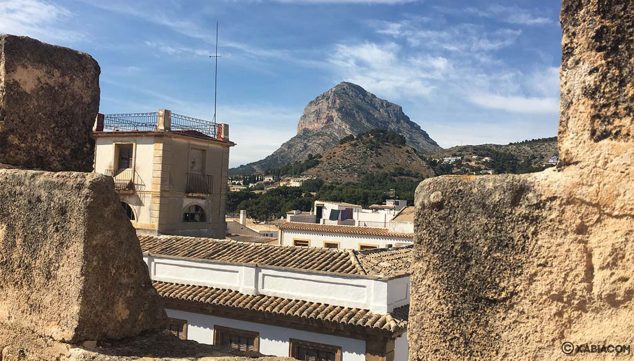


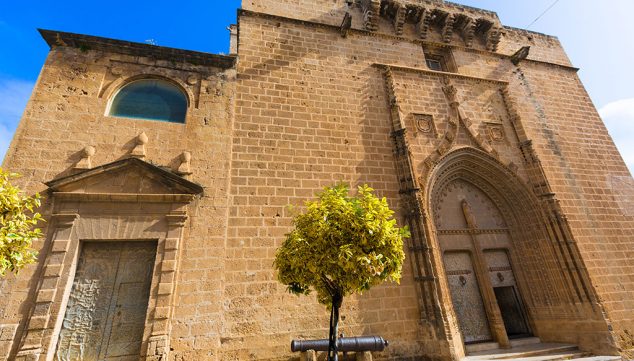
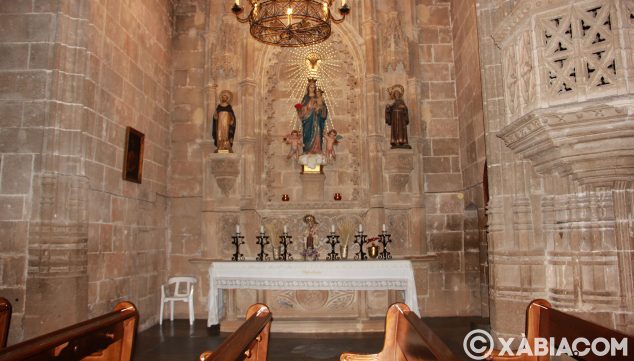





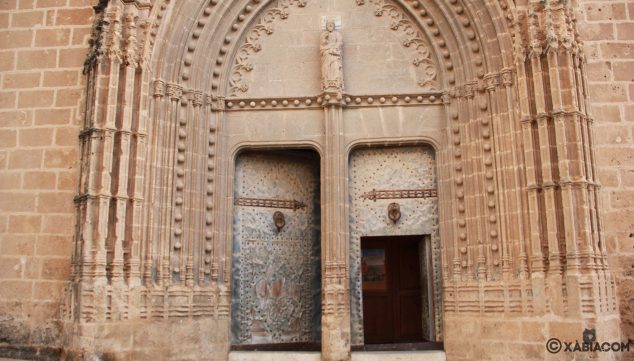





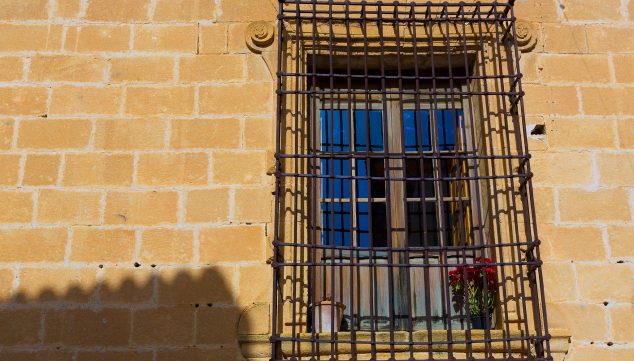

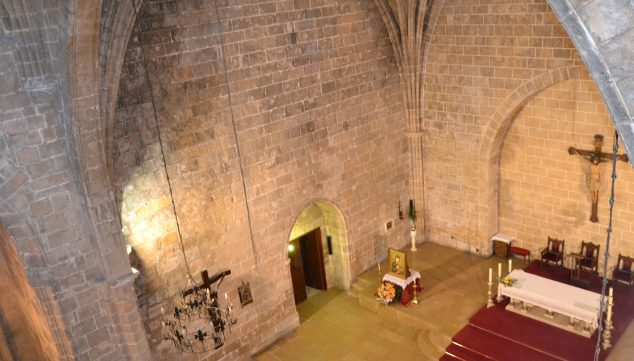
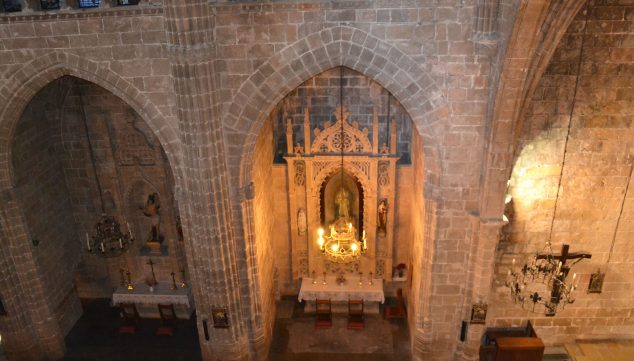


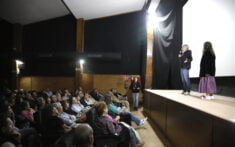

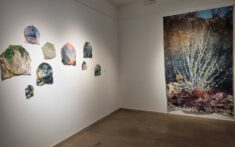
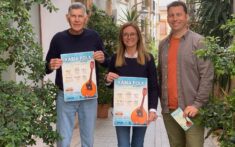
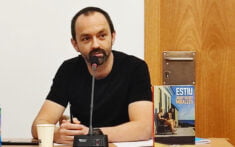

But they haven't done the eight in the morning masses for years! Unfortunately.
There are no photos of the new warehouses, is it because of shame, right? It doesn't surprise me. Or it is that they have thrown themselves and we have not found out. We are in the hands of enlightened egomaniacs.
If you are referring to the battlements, yes there are, the first before entering the article the battlements of the bell tower appear and in another one as well, if that is what there was in the past why are they not going to put it? Everyone has to know what you like and what you don't? The tantrums you get over simple rough stones are so stupid.
I would like to know the history of the organ that is on the left side of the Church and that seems not to be used. It's old? On what date do you join the church?
All that is in another article if I'm not mistaken.